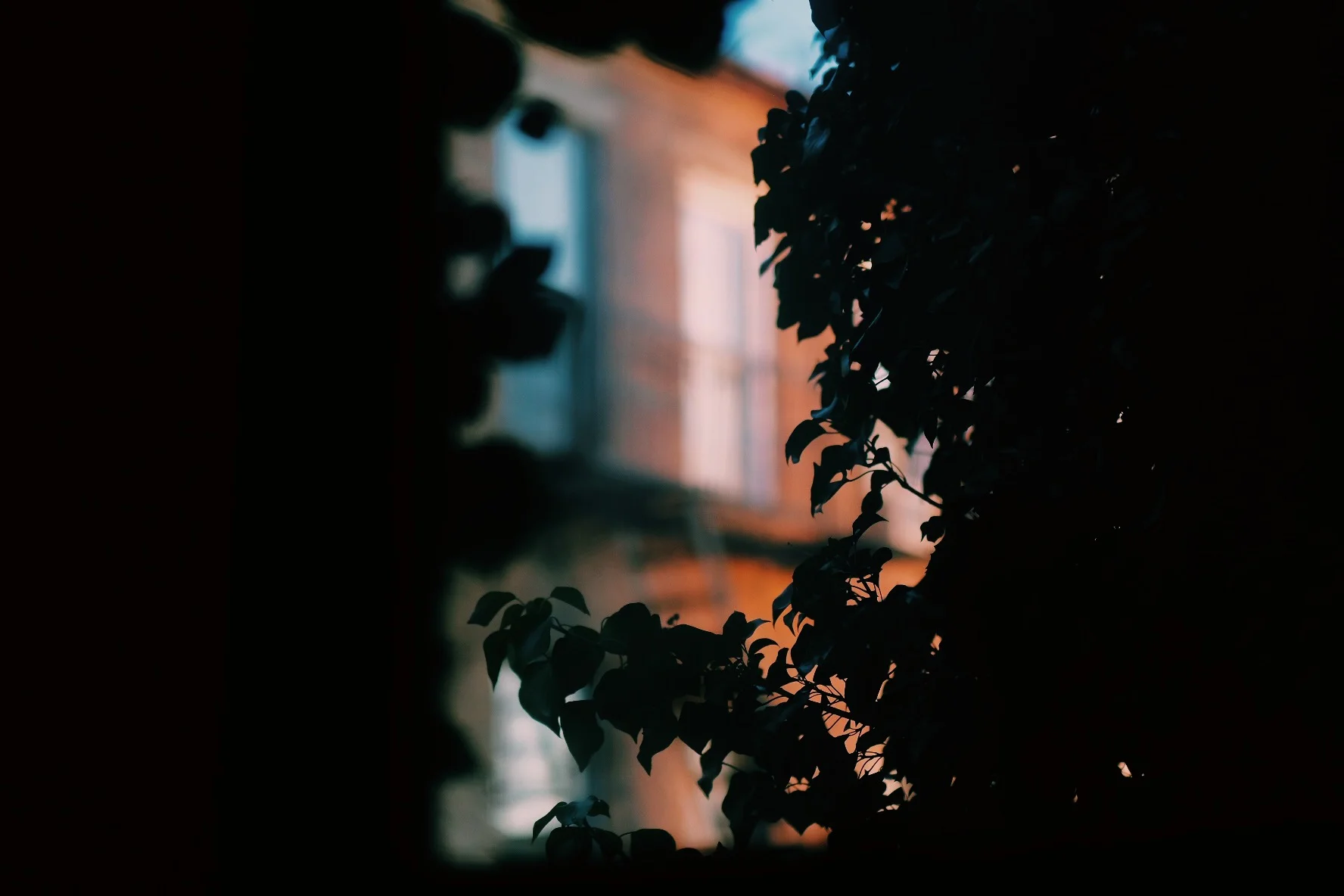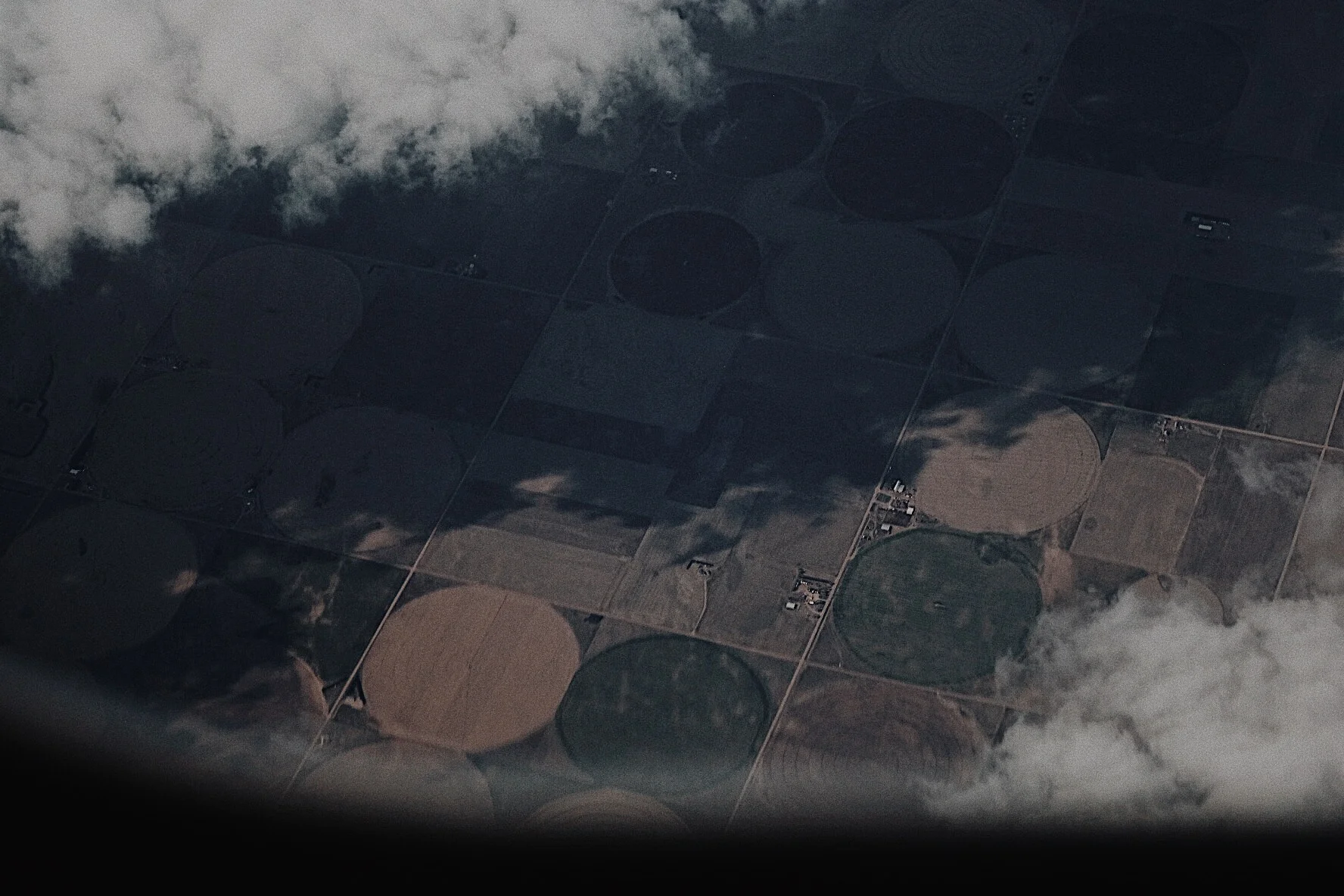Feature Friday - Amireh Rezaei-Kamalabad
What is your full name and where are you from?
My name is Amireh Rezaei-Kamalabad. I’m an Iranian-American who was born and raised in Cambridge, Massachusetts.
In your own creative definition or description, please share who you are :::
Beyond considering myself an artist, I primarily see myself as a learner. I view learning as a creative practice, and through art I explore how to learn. I attended public school until my Junior year of high school when I became a pioneer in my own education. For two years, I designed and practiced my own self-directed, interdisciplinary homeschool curriculum. It was a radical experiment in what it means to learn independently and outside of a structured system. Now as a college student, I continue to contemplate what it means to be a learner. I believe learning can take place anywhere, not only in a traditional classroom or house. As an artist, I draw, photograph, read, paint, and collect, but through these activities I learn about myself and my connections to the greater world.
Please describe a meaningful experience in nature from your childhood :::
Walden Pond is only a short drive outside of Boston. On weekends, I often went with my mom and sister. We would gather our swimsuits and walk the wooded trails in flip flops to reach the water’s edge. The water was always so clear and still, the whole pond felt like it was ours. I remember being 11, standing in the water, and feeling a tickle around the tips of my toes. I looked down to see my toenails painted the bright red that was my favorite color at the time. Gathered all around my feet, almost camouflaged by the beige sand, were minnow fish. They were attracted to my nail polish and took turns kissing my toes. I giggled and was surprised to share such an intimate moment with the fish. Every time after this, I always painted my toenails before swimming at Walden Pond.
What role, significance or theme does the natural world hold for your life today?
I fell in love with taxidermy while sketching in the galleries of the Harvard Museum of Natural History. Cross-legged on the museum’s wooden floor with a bag of colored pencils is the closest I have ever been to any wild animal. Outside of the museum in the city, I was also surrounded by a different assortment of creatures: squirrels, raccoons, pigeons, sparrows, opossum, and even deer. However, I often found myself closest to these animals once they were struck dead as roadkill.
One day while walking home from middle school, I found the carcass of a rat. Carefully, I wrapped it in a plastic bag and left it to soak in a jar of bleach. After a few days, its skeleton was as pristine as a museum specimen. It was never a morbid fascination that led me to pick it up, but more of a sympathetic curiosity. Rats are not intentionally malicious, but people detest them. They never receive burials and their skeletons are rarely observed with intrigue. I displayed the rat’s bones in a wooden box and it became the first piece in my collection of bones. I went on to investigate the methods used by research collections to preserve skeletons. I became friends with a zooarchaeologist and visited a taxidermist. The rat’s remains began my ongoing exploration of collection, preservation, and nature.
We are constantly surrounded by animals, but most often when they are dead. We go to natural history museums, drive past roadkill, and cook with meat. Yet, we stay disconnected from the lifespan of the animal as a whole. We eat beef, but could never watch a cow die. We love squirrels in our parks, but look away when they are killed by cars. Even the English language disassociates living animals from when they are dead. “Beef” not “cow”. “Roadkill” not “killed animal”. We either admire an animal when its dead in a museum and on our plate, or we look away from its death to idealize its living appearance.
Having always lived in a city, I strive to stay connected with nature. I do not take hikes as often as I would like, but I try to acknowledge the animals I share space with. Even dead and diminished to a skeleton, the remains of an animal are still a part of my surroundings. Through collecting bones, I create an affirmation and memorial for life.



